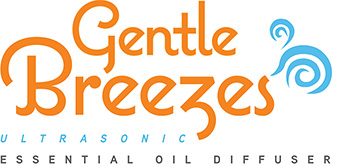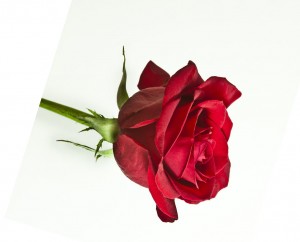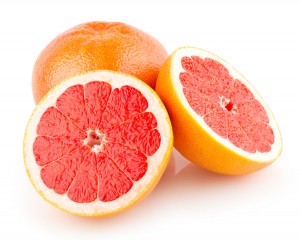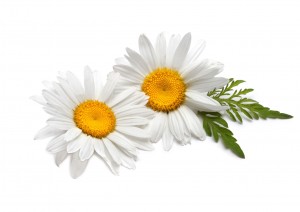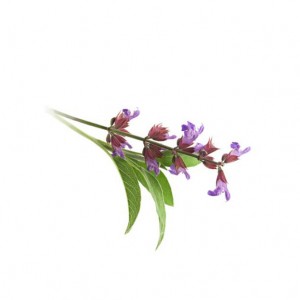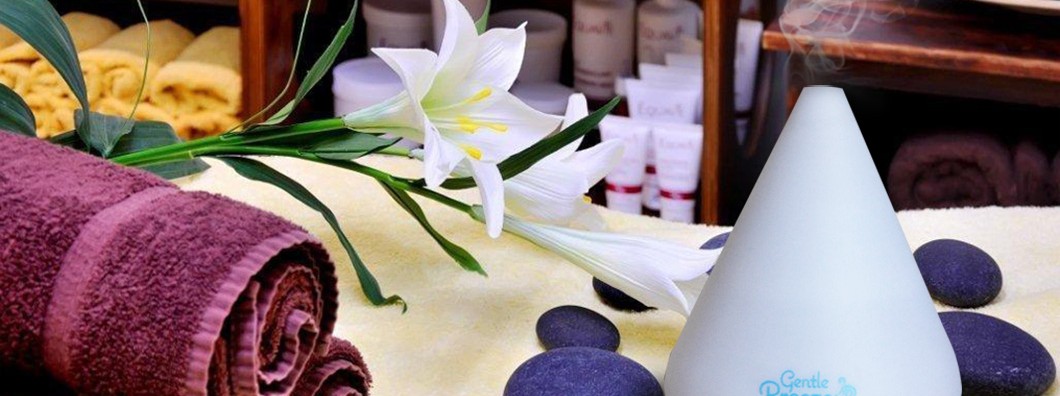Essential Oils to Control Symptoms Coping with Anger
Bergamot, Jasmine, Neroli, Orange, Patchouli, Petitgrain, Palo Santo, Roman Chamomile, Rose, Vetiver, Ylang Ylang
Essential Oils for Building Up Confidence
Bay Laurel, Bergamot, Cypress, Grapefruit, Jasmine, Orange, Rosemary
Essential Oils against Sadness and Loss of Interest
Bergamot, Clary Sage, Frankincense, Geranium, Grapefruit, Helichrysum, Jasmine, Lavender, Lemon, Mandarin, Neroli, Palo Santo, Orange, Roman Chamomile, Rose, Sandalwood, Ylang Ylang
Essential Oils against Fatigue, Exhaustion and Burnout
Basil, Bergamot, Black Pepper, Clary Sage, Cypress, Frankincense, Ginger, Grapefruit, Helichrysum, Jasmine, Lemon,
Patchouli, Peppermint, Rosemary, Sandalwood, Vetiver
Essential Oils for Stopping Anxiety or Fear
Bergamot, Cedarwood, Clary Sage, Frankincense, Grapefruit, Jasmine, Lemon, Neroli, Palo Santo, Orange, Roman
Chamomile, Sandalwood, Vetiver, Helichrysum, Lavender, Rose
Essential Oils for Soothing the Mood after a Grief Loss
Cypress, Frankincense, Helichrysum, Neroli, Palo Santo, Rose, Sandalwood, Vetiver
Essential Oils for Happiness and Inner Peace
Bergamot, Frankincense, Geranium, Grapefruit, Lemon, Neroli, Orange, Palo Santo, Rose, Sandalwood, Ylang Ylang
Essential Oils for Stability of an Individual’s Emotional State
Bergamot, Cedarwood, Frankincense, Jasmine, Sandalwood, Vetiver
Essential Oils for Feeling Agitated or Being Restless
Lavender, Mandarin, Neroli, Roman Chamomile, Sandalwood
Essential Oils for Feeling Lonely (after a Break-up)
Bergamot, Clary Sage, Frankincense, Helichrysum, Palo Santo, Roman Chamomile, Rose
Essential Oils for Improving Memory and Concentration
Basil, Black Pepper, Cypress, Hyssop, Lemon, Peppermint, Rosemary
Essential Oils for Relieving Stress
Benzoin, Bergamot, Clary Sage, Frankincense, Geranium, Grapefruit, Jasmine, Lavender, Mandarin, Neroli, Palo Santo,
Patchouli, Roman Chamomile, Rose, Sandalwood, Vetiver, Ylang Ylang
